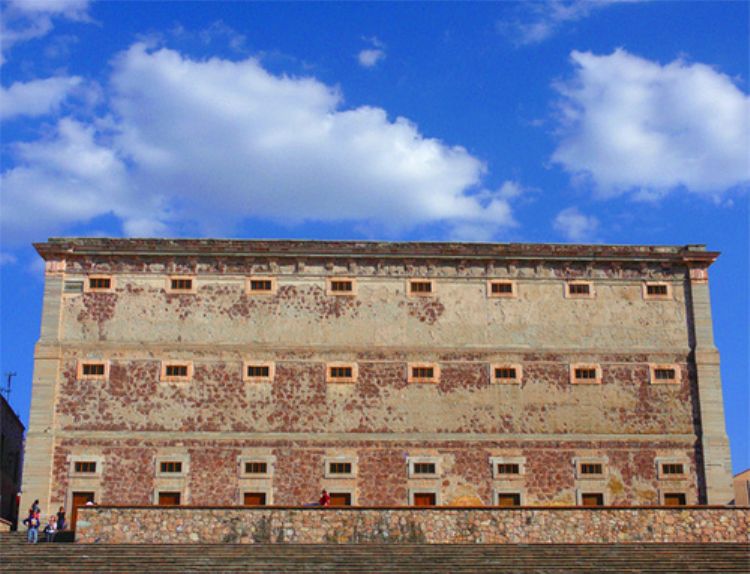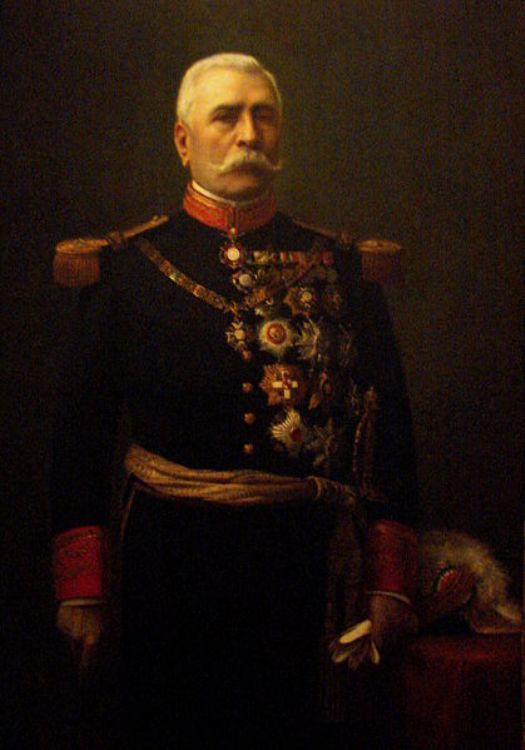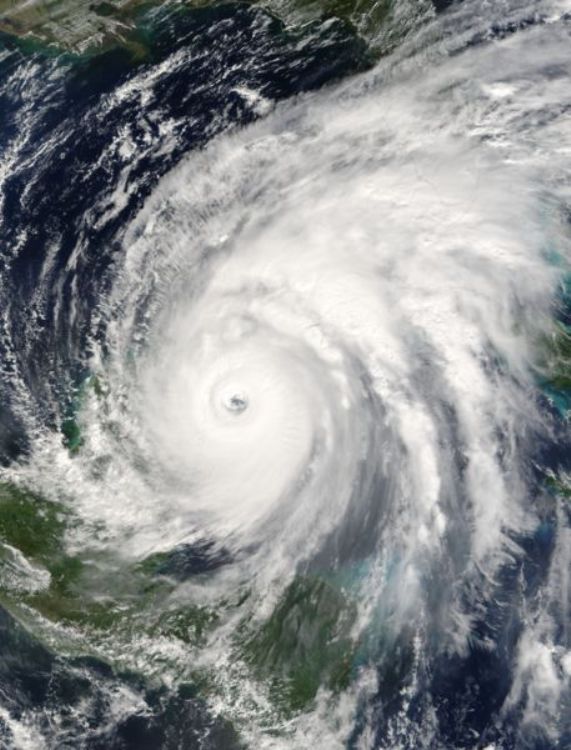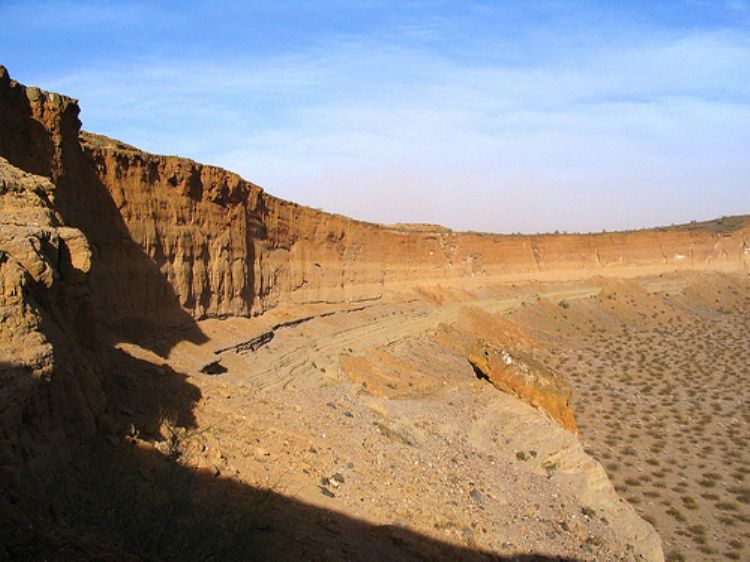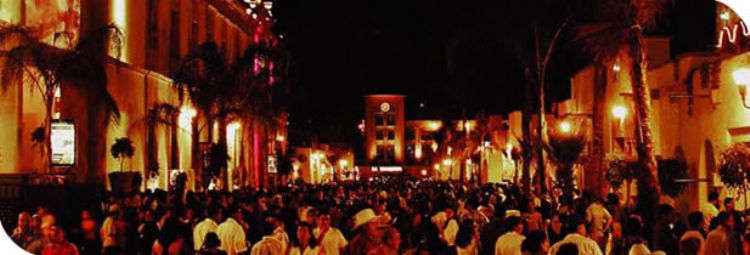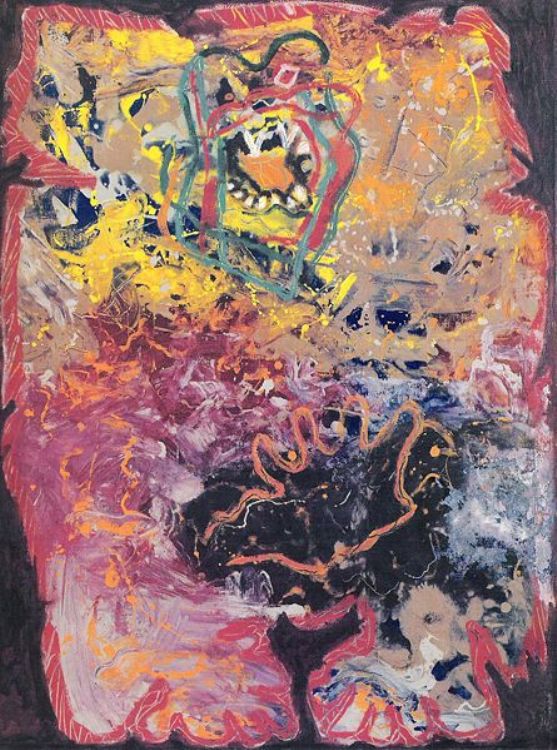The Manila Galleon

The Manila Galleon or China Nao was the first route to sail through the Pacific Ocean as a link between Asia and America. Through this route and after having colonized Philippines, Spain controlled this commercial route for almost three centuries, uniting Seville, Philippines and Mexico.
During the 16th century, sailing still depended on the winds and sea currents. The great marine powers of the era, Portugal and Spain, took to the task of exploring the lands that were still unknown to them, in order to expand their access to the markets of China, India, Japan and Siam. They divided their control by hemispheres; Portugal was in charge of Brazil, the African routes and the Indic Ocean in the South-East direction; while Spain sailed through the North Atlantic and Pacific, to the West.
Asian commerce prompted their commercial interest for highly valued merchandise that was scarce or inexistent in other parts of the world, such as spices, silk and ivory. It was extremely important for Spain to achieve constant communication and transportation to and from America, not only to sell these items, but also because for religious and military ambitions.
The discovery of the Kuro-Siwo current proved it was possible to leave from and return to the Philippine coasts, a must in an era when successful sailing depended on natureâs will.
The first Spanish boat to sail this route left in 1565, sealing Philippines destiny over the next three centuries; the force with which Spain secured its domain over this land responded to a highly ambitious economic interest. Throughout the year, merchandise from Asia was stored at the Parian de los Sangleyes storage grounds, involving the whole city.
The adventure for the general, soldiers and civilians on this enormous ship started in July, transporting between 500 and 1,500 tons of treasures. The trip lasted five months from Philippines to Mexico and four months back, exposing the crew to diseases, Asian typhoons and Pacific storms. The Manila Galleon always arrived at the Port of Acapulco, Mexicoâs main port during the colonial era, taking silver from Mexico to sell in Asia.
The usual route left Manila crossing the Philippine islands, up to San Jacinto Port, from where they took supplies before venturing into the ocean. They passed through San Bernardino Straight towards Marianne islands from where they sailed on the favorable eastern currents, then alongside the coast of California and anchoring in Acapulco.
The areas around the Philippine archipelago seethed with Chinese, Japanese and Malayan pirates, while Dutch and English pirates waited for them at open waters. Holland made a huge investment on attempting to take this route away from the Spanish, attacking Macao in 1622 with a three ship fleet and 1,300 soldiers, but was repelled by sailors from Portugal and Spain.
This precious merchandise was an easy target for the piratesâ greed, although they did not manage to hurt the Manila Galleon as much, because the Pacific Ocean was harder to access than the Caribbean. It is recorded that throughout its 250 years of existence, it only fell in pirate hands four times. The most famous pirates attacking this route were Francis Drake, Thomas Cavendish, Oliver van Noort and Joris van Spilbergen.
In 1577, pirate Francis Drake received orders from Queen Elizabeth to capture the Spanish galleons and find a northern passage between the Pacific and Atlantic oceans. In 1709, Rogers the Pirate captured the Nuestra Señora de la Encarnación galleon but the Spanish defense resisted, arriving at Acapulco with only eight casualties.
Colonizers at Peru wanted to participate in this great commercial exchange, so they organized their own navigation system to Mexico but discovered they could sell their own merchandise along the way throughout the continentâs coasts, arriving at Acapulco with only the remains of the original goods. This enraged the Spanish Crown and were ordered to stop this traffic. However, the furor of Manila Galleon opened new exchange routes along America.
The original ships were the naos used for exploration and the first trips of the Manila Galleon, but were quickly displaced by galleons with much more loading space and defensive capacity, able to carry up to 50 canyons onboard. The last galleon for this route was built in 1718.
The Manila Galleon stopped navigating in 1820, when Mexico closed commercial activity after having obtained its independence and Spain only controlled Philippines up to 1898. Many other nations continued navigating the Pacific Oceans thanks to the techniques and routes established by Spanish ships.
Article Produced by the Editorial Team of Explorando México.
Copyright Explorando México, All rights reserved.
Photo: IUFM de Paris

